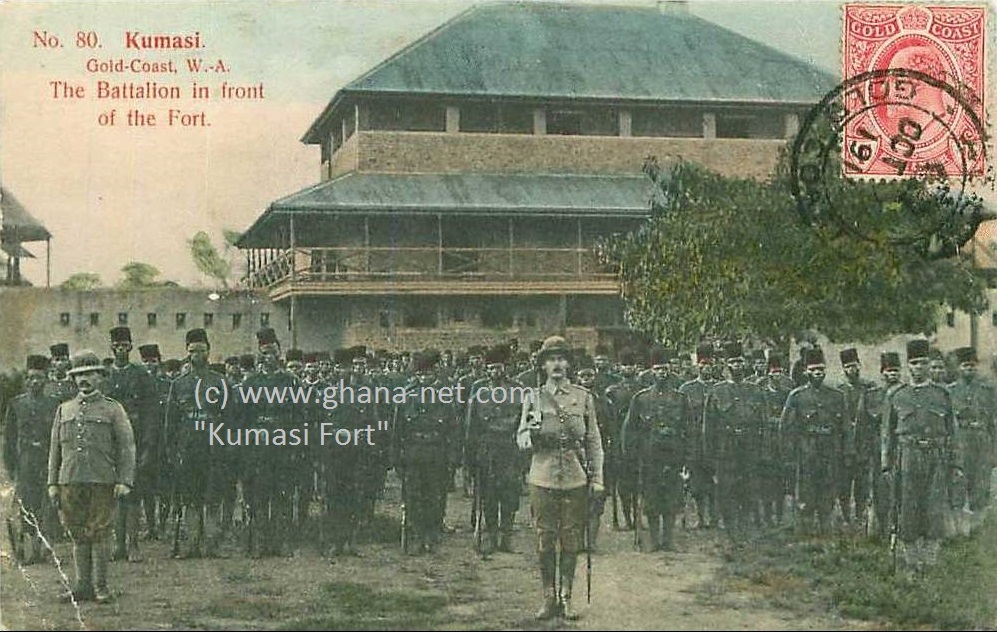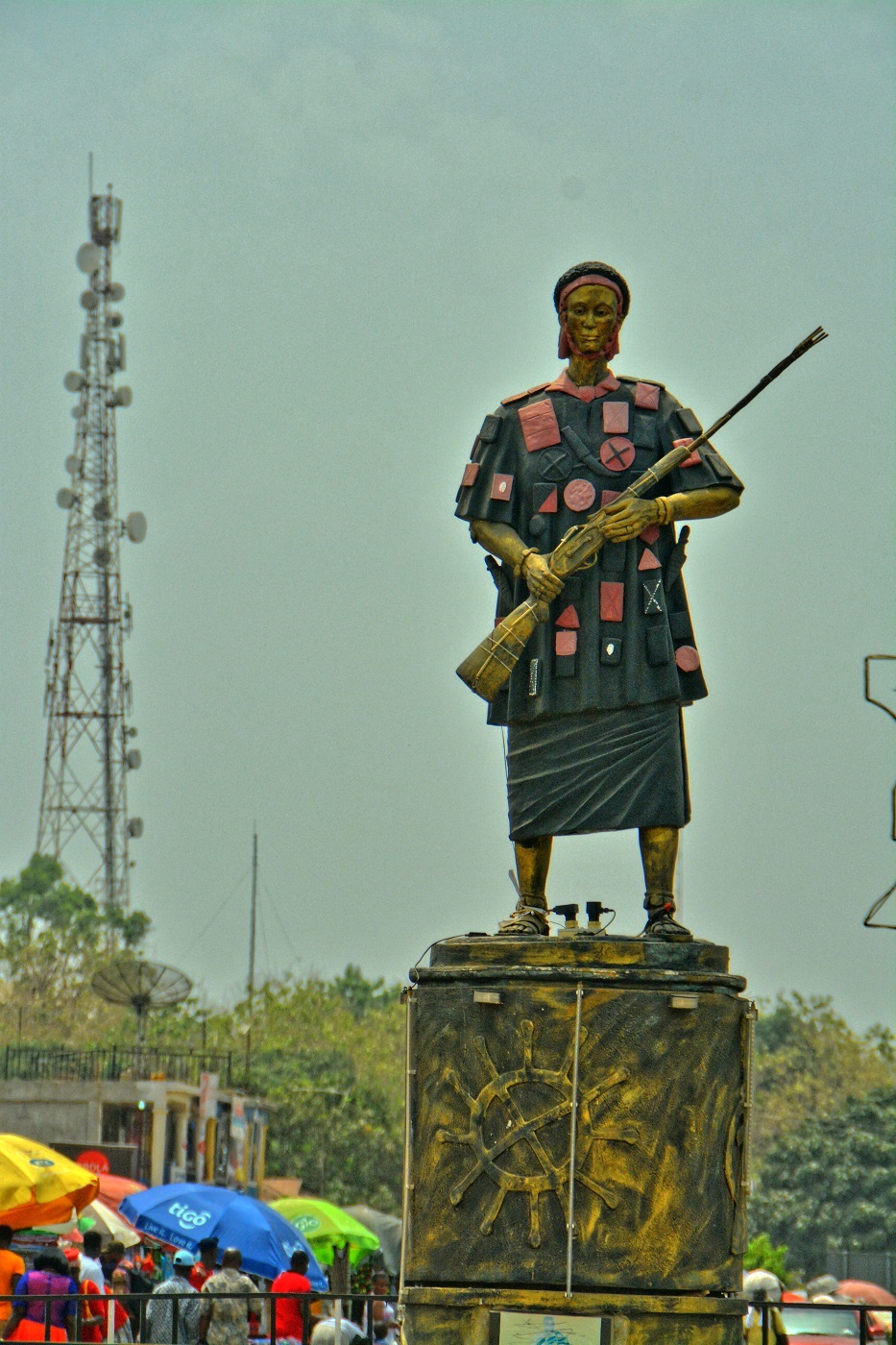
Kumasi Fort - Former Ahantene Palace
A series of Anglo-Ashanti wars occurred throughout the 19th century, with the final and most decisive conflict taking place in 1900–1901, known as the War of the Golden Stool.
The Ashanti fiercely resisted British attempts to exert full colonial control and seize the sacred Golden Stool, a symbol of the Ashanti nation. The British suffered significant losses during the conflict, but ultimately overpowered the Ashanti forces.
To consolidate their victory, the British captured and exiled the Queen Mother, Yaa Asantewaa, who had led the resistance, and many other Ashanti leaders.
Following the war, the British demolished parts of the Ashanti royal palace in Kumasi and replaced it with a military fort to assert dominance. This marked the definitive subjugation of the Ashanti Empire and its full incorporation into the British Gold Coast colony.
